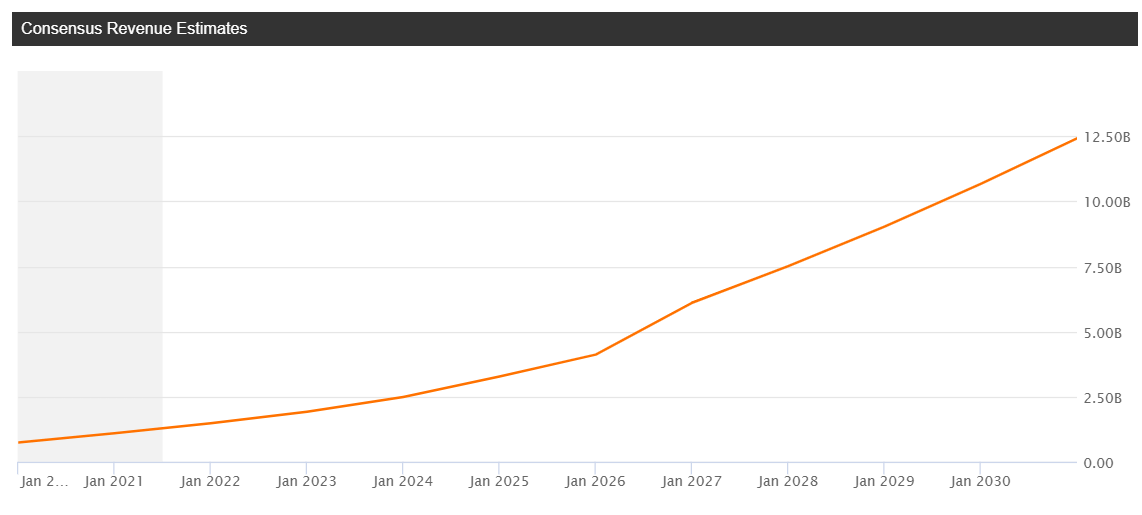US Debt Ceiling: August Deadline Looms, Treasury Warns

Table of Contents
Understanding the US Debt Ceiling
The US debt ceiling, also known as the debt limit, is the legally mandated limit on the total amount of money the US government can borrow to meet its existing obligations. This limit isn't about new spending; it's about the government's ability to pay for what Congress has already authorized. The debt ceiling is separate from the federal budget, which sets the levels of government spending and revenue. Exceeding the debt ceiling doesn't mean the US is spending more; rather, it means the government can’t pay its bills, including salaries for federal employees, Social Security benefits, and interest on the national debt.
- Debt Ceiling vs. Budget: The debt ceiling is a limit on borrowing, while the budget determines how much the government spends. They are distinct but interconnected processes.
- Legal Implications of Exceeding the Debt Ceiling: Exceeding the debt ceiling has severe legal implications, potentially leading to a default on US government obligations, a scenario with dire economic consequences.
- Raising the Debt Ceiling: Congress typically raises or suspends the debt ceiling through a straightforward legislative process. However, in recent years, this process has become increasingly politicized.
The Potential Consequences of Reaching the Debt Ceiling
Failing to raise the debt ceiling before the August deadline could trigger a cascade of negative consequences, both domestically and internationally. The potential for economic disruption is substantial.
- Government Shutdown: A failure to raise the debt ceiling could lead to a partial or complete government shutdown, halting essential federal services and impacting millions of Americans.
- US Debt Default: The most severe consequence would be a US debt default – the failure to repay government obligations on time. This would be unprecedented in US history and would severely damage the nation's creditworthiness.
- Economic Recession: A debt default would likely trigger a significant economic recession, characterized by job losses, decreased consumer spending, and widespread market instability.
- Credit Rating Downgrade: A US debt default would almost certainly result in a credit rating downgrade, increasing borrowing costs for the government and potentially for American businesses and consumers.
Political Implications and Negotiations
The political landscape surrounding the debt ceiling debate is highly charged. Reaching a solution requires bipartisan cooperation, which has proven elusive in recent years.
- Political Stances: The positions of the major political parties, specifically House Republicans and Senate Democrats, will be crucial in determining the outcome. Negotiations are likely to be complex and fraught with political maneuvering.
- Negotiating Strategies and Compromises: Finding a compromise will likely require concessions from both sides, potentially involving spending cuts, tax increases, or a combination of both.
- Historical Precedents: While past debt ceiling standoffs have been resolved, the current situation is marked by heightened political polarization and economic uncertainty.
What Happens Next? Potential Scenarios
The coming weeks will be crucial in determining the resolution of the debt ceiling crisis. Several scenarios are possible:
- Debt Ceiling Increase: The most likely outcome is a last-minute agreement to increase the debt ceiling, preventing a default. However, the timing of such an agreement remains uncertain.
- Short-Term Solution: A short-term solution, such as a temporary increase in the debt ceiling, could buy time for further negotiations but would leave the issue unresolved in the long term.
- Long-Term Fiscal Plan: A more comprehensive agreement addressing long-term fiscal issues could provide greater stability but requires significant political compromise.
- Ongoing Uncertainty: The ongoing uncertainty surrounding the debt ceiling is creating significant volatility in the financial markets, impacting investor confidence and potentially delaying business decisions.
Conclusion
The US debt ceiling crisis presents a serious threat to the American economy and the global financial system. The potential consequences of failing to raise the debt ceiling before the August deadline are severe, ranging from a government shutdown to a catastrophic US debt default. The political negotiations will be crucial in determining the outcome, and several scenarios, from a simple debt ceiling increase to a more comprehensive fiscal agreement, remain possible. Stay informed about the developing situation and contact your elected officials to express your views on this critical issue. Responsible and prompt action is essential to address the US debt ceiling and avert a potential economic catastrophe. For further reading, consult the websites of the Treasury Department and reputable financial news sources.

Featured Posts
-
 Should You Buy The Dip Palantir Stocks 30 Decline
May 10, 2025
Should You Buy The Dip Palantir Stocks 30 Decline
May 10, 2025 -
 Sharp Decline In Indonesias Reserves Two Year Low Amidst Rupiah Volatility
May 10, 2025
Sharp Decline In Indonesias Reserves Two Year Low Amidst Rupiah Volatility
May 10, 2025 -
 Wildfire Speculation Examining The Market For Los Angeles Disaster Bets
May 10, 2025
Wildfire Speculation Examining The Market For Los Angeles Disaster Bets
May 10, 2025 -
 Democratizing The Stock Market The Jazz Cash K Trade Collaboration
May 10, 2025
Democratizing The Stock Market The Jazz Cash K Trade Collaboration
May 10, 2025 -
 9 Maya V Kieve Politico O Nepolnom Prisutstvii Soyuznikov Ukrainy
May 10, 2025
9 Maya V Kieve Politico O Nepolnom Prisutstvii Soyuznikov Ukrainy
May 10, 2025
